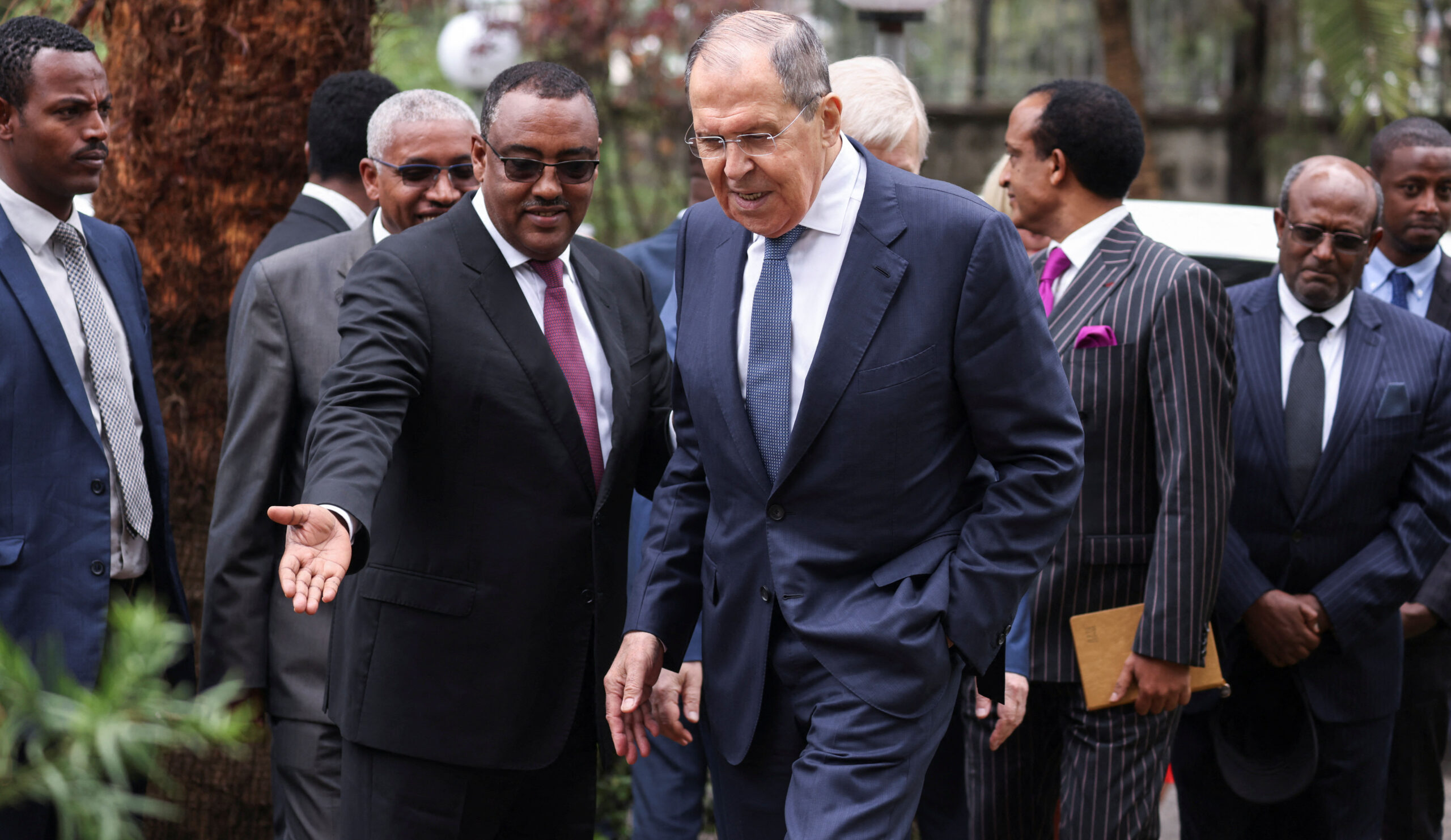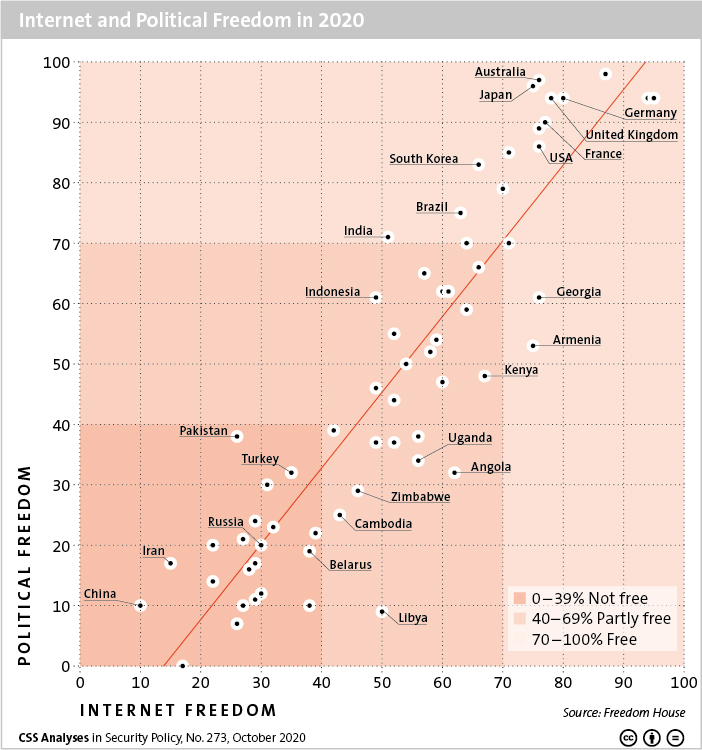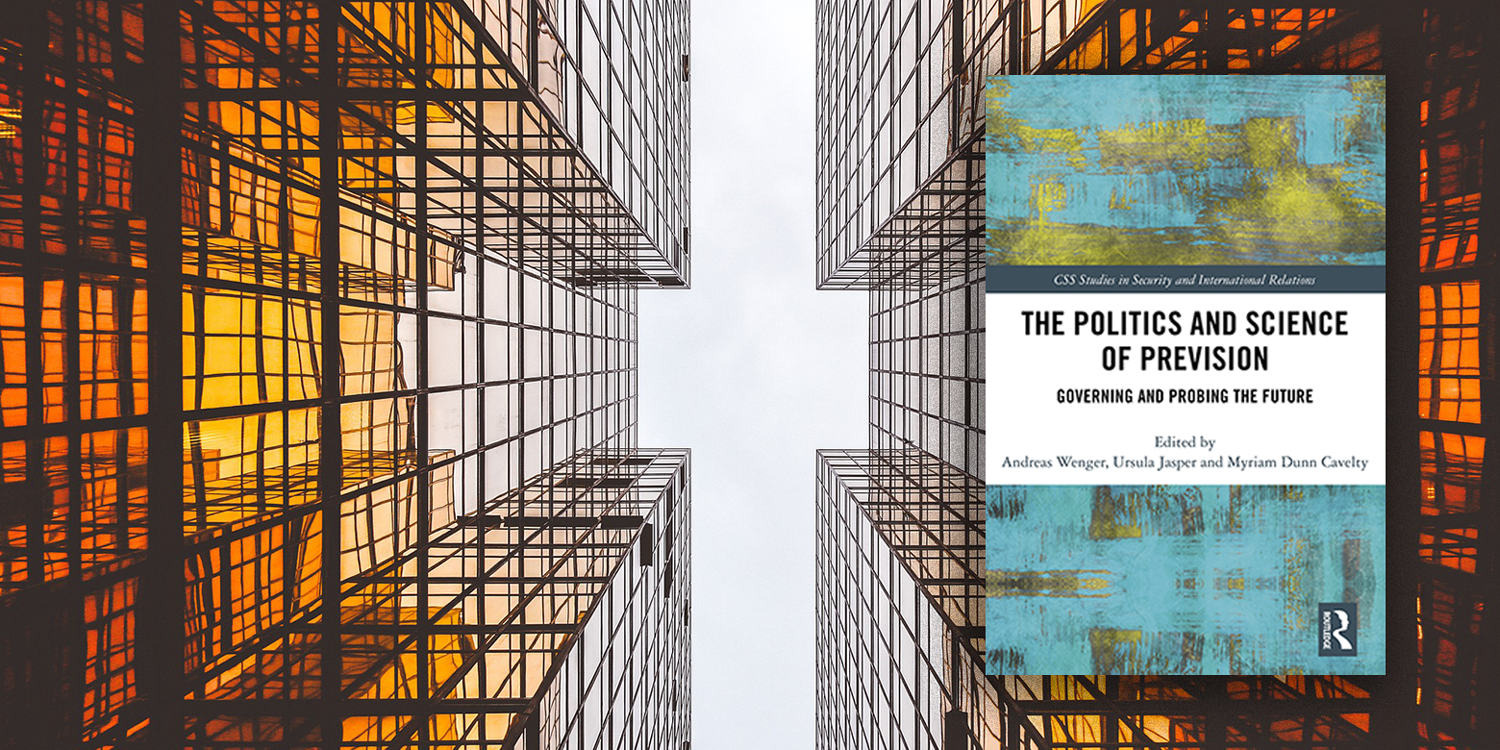
Image courtesy of REUTERS/Tiksa Negeri, Russian Foreign Minister Sergei Lavrov and his Ethiopian counterpart Demeke Mekonnen arrive at Russian Embassy for tree planting ceremony during Lavrov’s visit to Addis Ababa, Ethiopia, July 27, 2022.
Not even a decade ago, Africa was the last foreign policy priority of Russia. Now, in the face of growing isolation, Russia is once again bidding for the continent’s support. The West looks at such efforts with concern, which could lead to a growing great-power competition and securitization on the continent.







